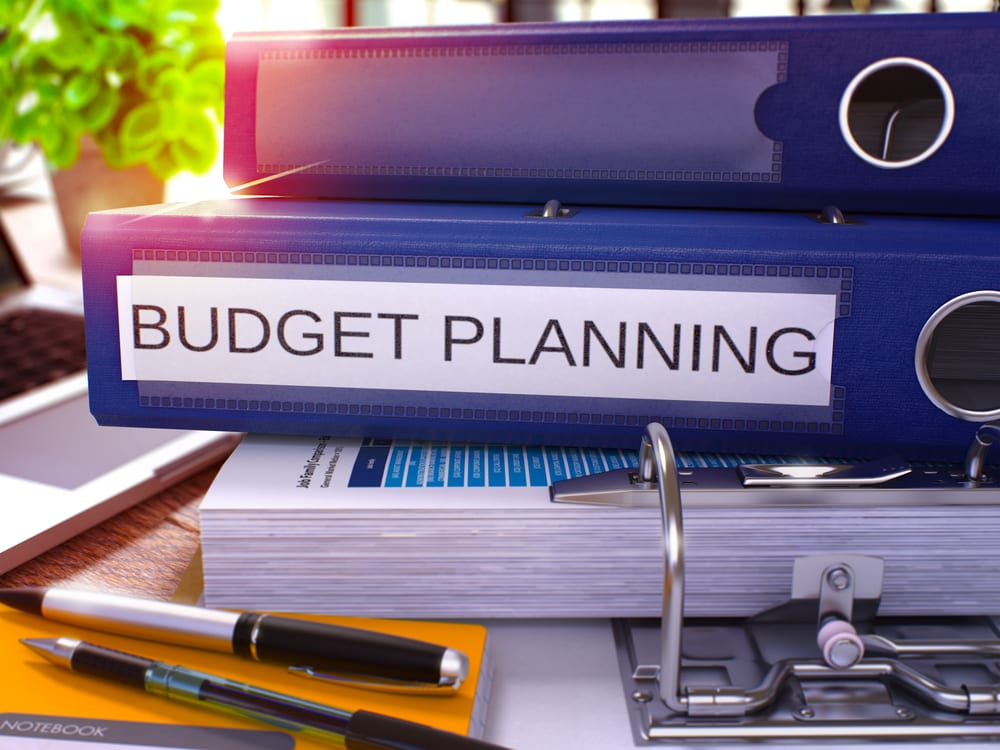A budget is a guideline to direct your spending and savings. Budgets can be created for specific projects such as setting aside $20,000 for a kitchen renovation. Budgets can also be broad and used as guidelines for your regular spending.
Regardless of your final goal, budgeting is a proven method of reaching it within your means. Don’t think of it as “restrictive”; a well-defined budget can give you a sense of control and motivation. It can also help you build more savings and improve your credit score. This guide will help you create a realistic budget that you can stick to.
YOUR INCOME AND EXPENSES
These are the two driving factors of any budget; what’s going in and what’s coming out.
Your income will include any source of money you bring home each month (after taxes and other deductibles). Full or part-time jobs, gigs on the side, child support, and investments are all sources of income. You want to ensure you’re including money coming in from all sources because it will give you a more accurate estimate of the total funds available to you.
Expenses are a bit more complicated. We recommend breaking down your expenses into two categories:
1. NON-DISCRETIONARY EXPENSES are your basic costs of living. This can include rent/mortgage, groceries, insurance, spousal support, child care, etc.
2. DISCRETIONARY EXPENSES is everything that’s left such as eating out, new clothes, concert tickets, essentially anything you do for fun.
PROPERLY CALCULATING YOUR INCOME AND EXPENSES.
Many find it helpful to use basic spreadsheet software such as Microsoft Excel or Google Sheets (which is free). This way you can see everything at once, and it can do the math for you.
Start by listing all sources of income and their net value. Add up their totals for your overall income. After, list your two categories of needs, starting with the non-discretionary (expenses you can’t eliminate). It’s helpful to total these first before listing your discretionary expenses. This way the important stuff is paid for first.
Total Net Income – Total Non-Discretionary Expenses = What’s left for your discretionary expenses.
MAKING SENSE OF THE RESULTS
If, after completing the above equation, you end up with a negative number, you don’t have enough funds for discretionary spending. If you have a positive number left, then that’s what you can use for your debt payments. Once those are paid, you can spend the excess on concerts, vacations, movies, etc.
If you are able to cover your discretionary expenses, non-discretionary expenses and debt payments you can then consider savings. You can’t begin saving money until your basic needs are met (and debts paid off).
BRIDGING THE GAP
If there’s too much of a gap between your net income and your non-discretionary expenses then you either have to increase your income or decrease your expenses. For many households, increasing your income isn’t an option, so let’s focus on tips to make your cost of living more affordable:
– Reduce grocery costs by shopping at a less expensive store, buying store brand products, shopping in bulk, or choosing soon to be expired bakery and meat products that you can freeze.
– Shop around for a new insurance plan. Try to bundle and save by having your car and home insurance with the same provider.
– Consider public transit to eliminate car payments, gas, and insurance.
– Reduce utility bills by turning off lights when not needed, unplugging electronics, or decreasing your use of air conditioning.
ASKING FOR HELP
This is really the tip of the iceberg when it comes to creating and sticking to your budget. Working with a professional can help you manage your finances and improve your financial wellbeing. We recommend working with a Licensed Insolvency Trustee. This way you can work towards paying off debts, saving for the future, and still have some left over for fun.









Leave A Comment
You must be logged in to post a comment.